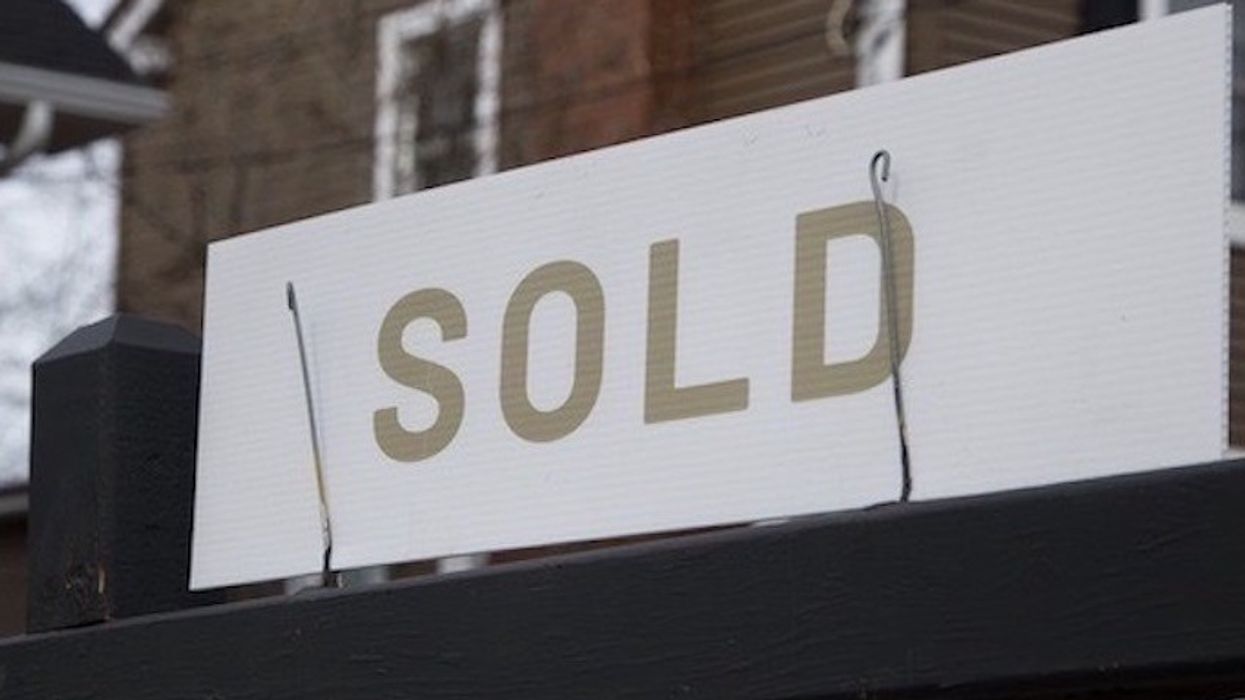As interest rates rise and demand drops, the housing market has seen offer nights disappear and financing conditions come bouncing back. But another big change is on the horizon: the resurgence of vendor take-back mortgages.
Ross Halloran, Broker and Senior VP Sales, Halloran & Associates, Sotheby’s International Realty Canada, is seeing the beginnings of vendor take-back mortgages coming back into trend for the first time since the '90s.
"I've had to do four vendor take-back mortgages so far in 2022," Halloran says, "and I'm looking ahead down the road and I'm seeing [more of] it."
With vendor take-back mortgages being out of vogue for quite some time, many people (including many realtors) aren't familiar with the concept. In summary, they're a specific type of mortgage where the buyer of a property obtains a loan directly from the seller. These tend to be second loans that occur when the buyer has already gone to a bank, or another lender, and the financing they were given is not enough to cover the entire purchase price.
READ: Sprawling Lakehouse on Muskoka Market Has Golf Course at Its Doorstep
"If the property gets appraised and appraises under, then the buyer has to come up with additional funds that they may not have budgeted for," Halloran explains. "So what the vendor take-back mortgages [do] is bridge the gap between what the property could be funded for from the traditional lender."
Using an example of a $1 million home sale that was appraised at a value of $900,000, the bank can only lend up to 80% loan-to-value on the property (assuming no default insurance), meaning the most the bank can lend on the property is $720,000. With a purchase price of $1 million, this buyer is stuck paying an additional $80,000 out of pocket -- on top of the $200,000 down payment they initially planned for.
If they don't have that cash on hand, a vendor take-back mortgage could bridge the gap.
These mortgages offer obvious advantages to the buyer, allowing them to make their purchase, but they can benefit the seller as well.
"If the seller doesn't want to reduce the price to $900,000, they might prefer to fund it, especially if they own the property outright and they've got a lot of equity in the property," Halloran says.
Of course, the sellers will also be able to collect interest on the loan, but exactly how much can vary from situation to situation. If the buyer is motivated to close on the deal and is seeking out a vendor take back mortgage, the seller is in a position to offer rates at a premium.
"But as a seller, if I want to preserve my original list price -- again, let's say $1 million -- and I really want this deal to happen and I've got a buyer here who's willing to pay me $1 million, I get them financing and I'm going to [incentivize] them by offering them lower rates than what the primary and secondary lenders are offering," Halloran says.
Although vendor take-back mortgages may seem unusual to anyone who's entered the market in the last 20 years, they have always been an option. They were last popular in the '80s and '90s when interest rates were high (hovering around 15% at the time), which makes their resurgence amidst the Bank of Canada's aggressive rate hikes not all too surprising. Securing financing has become more precarious, and some sales aren't going through.
"I had one property that I had sold twice and it fell short because of financing," Halloran says. "On the third time around, I got ahead of it and recommended to the buyer's agent that if they've got a financing clause, my sellers may be open to a vendor take-back mortgage, and that's what kept the deal alive in that it got the sellers the price that they wanted, and some additional income over a three-year period."
Looking forward, Halloran sees vendor take-back mortgages becoming increasingly popular in 2023, and possibly beyond, as banks lower their risk profiles and appraisers revert back to pre-pandemic comparables amidst falling home prices -- both phenomenons he reports he's observing already.
"Where banks might have lent 75% against the appraised value, now they're doing 70%, or 60%, or 50% of the appraised value," Halloran says. "So let's say a $1 million property appraisal, instead of coming in at $900,000 or higher where it should, it's coming in at $800,000. Then the bank is saying, I'm only going to fund 60% of that. Well then, the buyer's got to come up with over half $1 million at closing."
As for what market segments are likely to see a surge in vendor take-back mortgages, Halloran says that properties meeting key conditions will be prime candidates. First, it needs to be a win-win situation, in that there's something in it for both the buyer and the seller, whether that be the buyer snagging a much-desired sale, the seller preserving the sale price or, in the case of secondary properties, the seller getting to spread out capital gains taxes. The second criteria is that the seller needs to either own the property outright or have a very small mortgage.
"Buyers, I believe, are going to continue to run into challenges getting financing if they're not cash buyers, and they're going to need to pick sellers that have essentially pre-qualified for vendor take-back," Halloran says. "I'm predicting -- certainly in my markets, across recreational properties in central Ontario, northern Ontario, and southern Ontario -- they are definitely going to be candidates as long as those two requisites happen."
This article was produced in partnership with STOREYS Custom Studio.





















